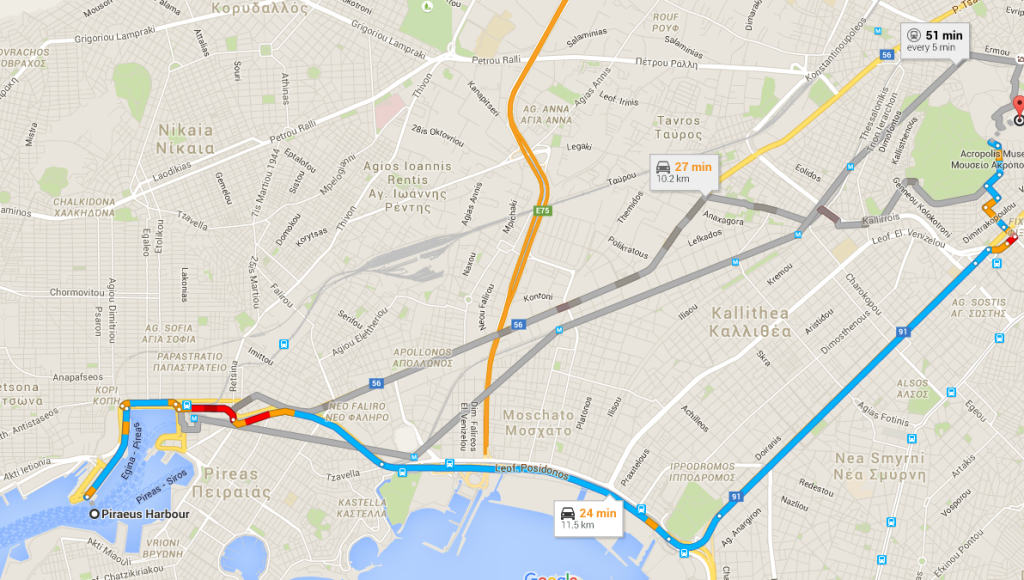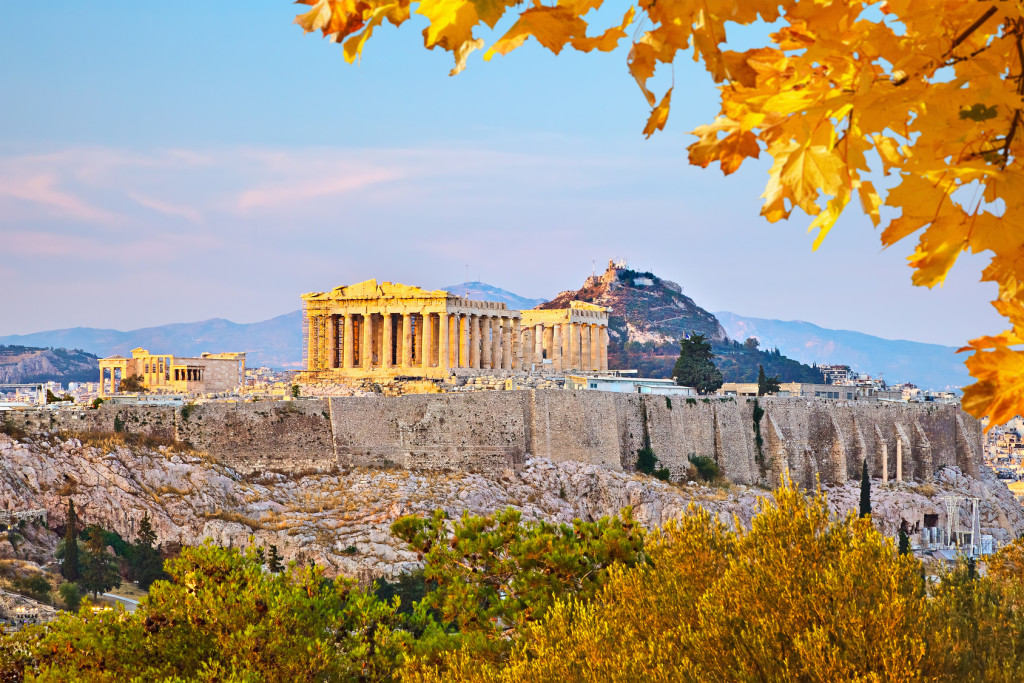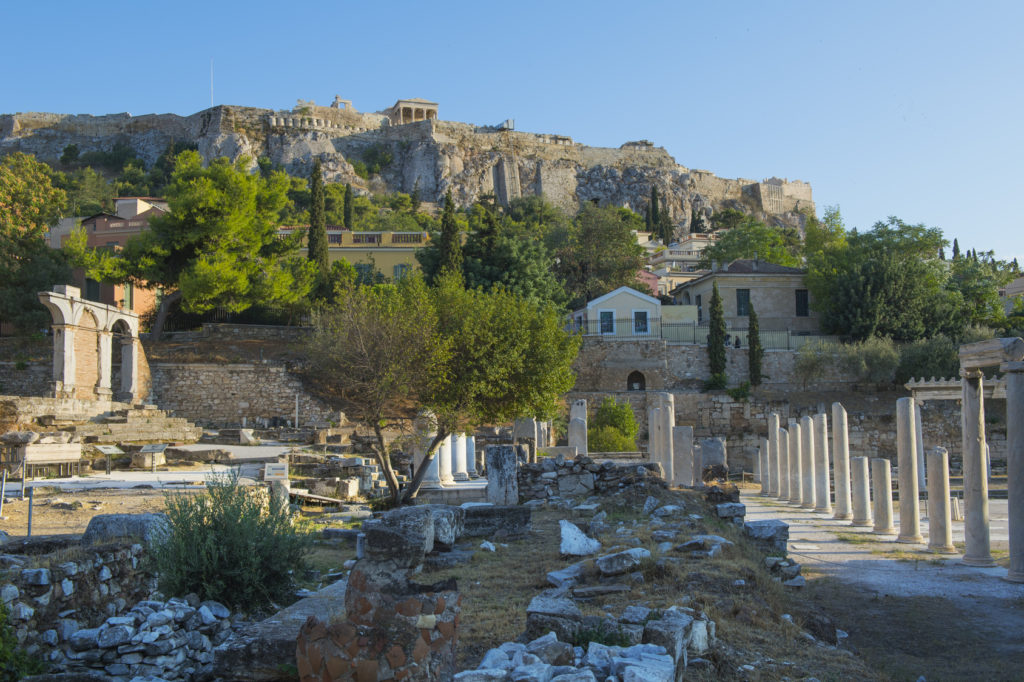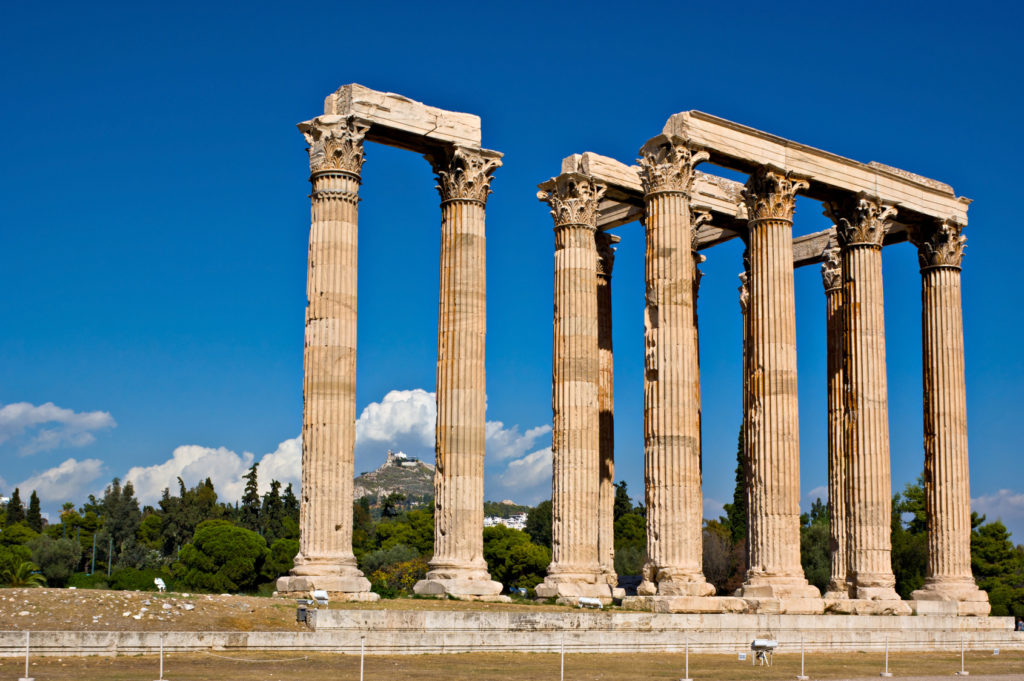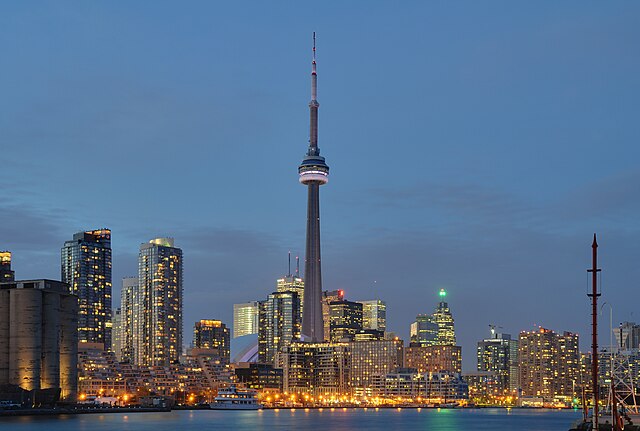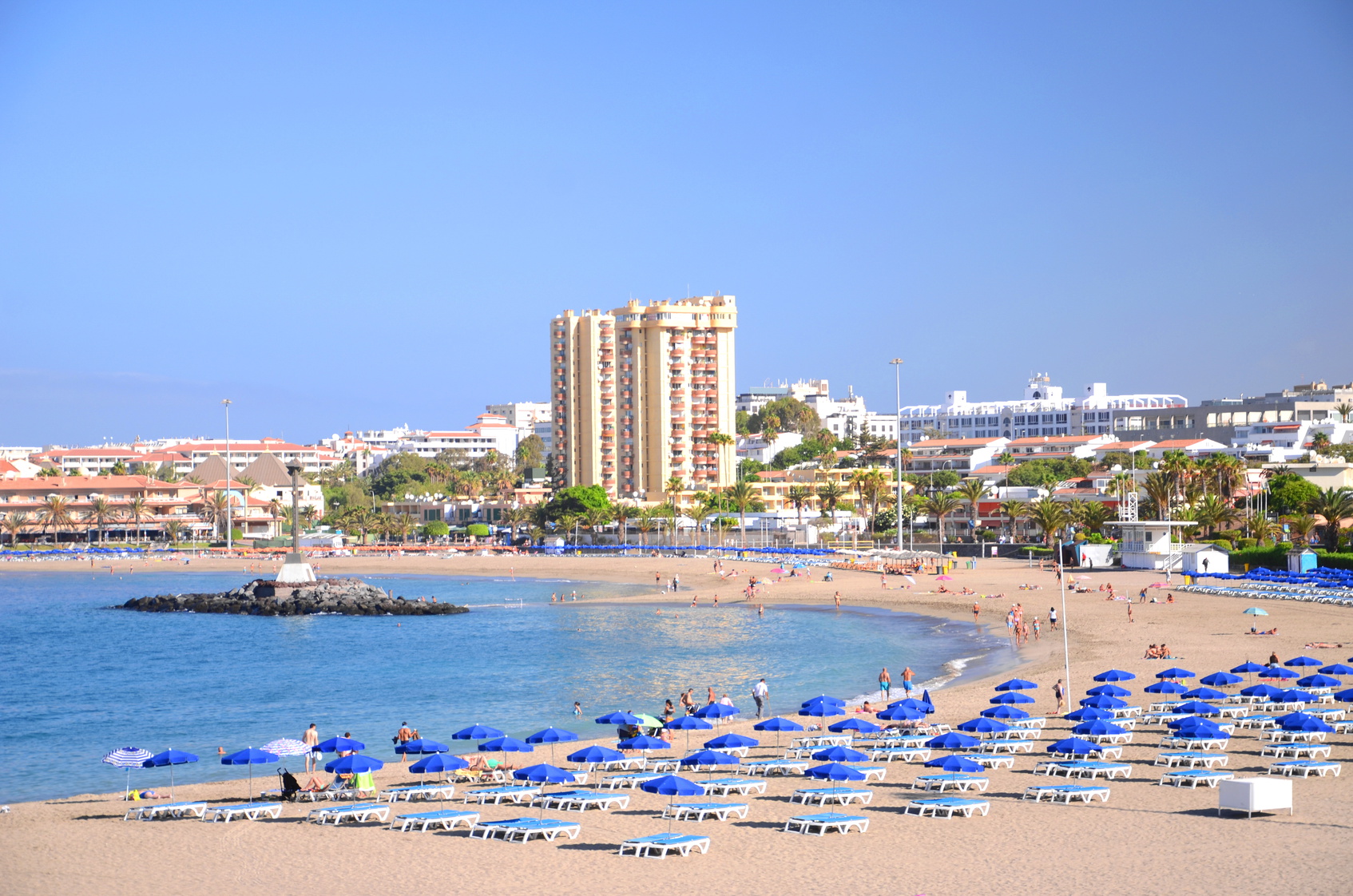The city of Athens is the capital of Greece and one of the world’s oldest cities with evidence of there having been human settlement there as far back as 3000BC. As a powerful city-state, we can thank Athens not only for the birth of democracy but also for the crucial part it played in critical advancements in the arts and sciences. In spite of the city’s enormous influence as the site from which Western civilization emerged, it is probably best known for its founding of the Olympic Games. The Ancient Olympics were first held in Olympia in 776BC in honour of the God Zeus and took place every four years. What we now refer to as the Modern Olympics were first held in Athens in 1896.
Cruise ships arriving in Athens will dock in the historic port of Piraeus which lies some 12km south-west of the city. Its origins can be traced back to around 5BC when it served as the main port of ancient Greece. Today it is the largest passenger port in Europe catering for more than 20 million passengers annually.
Port of Athens
The port of Piraeus lies 10km south-west of Athens covering a vast area serving not only cruise ships but passenger ferries to the Greek islands and a vast number of cargo vessels. There are a number of piers where your ship may dock although Cruise Terminal A to the south of the port is the main point of arrival. Terminal B lies just west of the main terminal and is connected by shuttle bus.
Getting into Athens under your own steam is fairly straightforward thanks to the express bus service operating between the cruise terminals and Syntagma Square in the city centre. The service runs throughout the day with departures every 30 minutes. Many passengers get off at the stop nearest the Acropolis. Just pay the driver for a ticket which is valid for 24 hours and can be used on your return trip to the cruise terminal.
There’s also a metro system covering much of the city although the nearest stop is a 20 minute walk from the terminal. Many taxis wait outside the port area, many of which will be offering day tours of the city. If you decide to take one of these tours be sure to confirm prices with the driver before getting in the vehicle. For a simple transfer into the city ensure that the meter is switched on and reset before you set off.
Athens Airport
Athens International Airport lies approximately 50km east of the main Piraeus cruise terminal, a journey which takes about 45 minutes by car. The trip into the centre of the city is a little shorter but with a similar journey time.
There’s an express bus service from the airport to the metro station in Piraeus where you’ll need to change bus to get to the cruise terminal. The other public transport option is to take the metro from the airport to Monastiraki station (line 3) then change to line 1 which goes to Piraeus. Again you’ll need to then hop on a bus to get to your cruise ship.
Of course taxis are an option and you’ll find plenty waiting outside the arrivals terminal. However, for sheer convenience you should pre-book a private transfer from Athens Airport to any city centre hotel or to the Piraeus cruise terminal.
Getting Around in Athens
Most cruise lines will offer full-day tours of Athens which include visits to the Acropolis and some of the city’s other main sights. If, however, you prefer to go it alone you can get into the centre by bus, metro or taxi then walk around the main sights which are concentrated within a relatively small area of this vast city.
It’s strongly recommended that you head for the Acropolis first of all as it often becomes packed with tour groups early in the day. Also bear in mind that it gets very hot in Athens in the summertime so the earlier you can get up the Acropolis hill to the temples the better. Afterwards you can take a leisurely stroll to the Acropolis Museum then on to the Plaka District which is an ideal spot for a mid-morning coffee or an early lunch.
A popular alternative amongst cruise passengers is to take the hop-on, hop-off city sightseeing tour bus which has a stop near the cruise terminal. You can purchase a day ticket on the bus then get on and off at any of the 27 stops along the route.
Main Tourist Attractions
Plenty evidence of classical Athens is there for all to see at landmarks around the city with the Acropolis UNESCO World Heritage Site the top attraction. In addition there are impressive sights from the Roman, Byzantine and Ottoman eras.
Acropolis: In Greek the word ‘Acropolis’ refers to a ‘high city’ and is the name given to Athens’ most recognised landmark. Sitting atop a small hill some 150 metres above the city this citadel was built around 5BC although it had been inhabited many centuries earlier. The most famous building within the complex is the iconic temple called the Parthenon which was built between 447BC and 432BC in honour of the goddess Athena. Another temple to look out for is the Erechtheum which is considered to be a gem of Greek architecture.
Acropolis Museum: This fascinating museum lies just a few minutes’ walk to the south-east of the main site. It exhibits more than 4000 artefacts discovered by archaeologists working on the Acropolis hill over many years.
Insider Tip: Consistent with the advice you’ll get in all large cities and at major tourist attractions worldwide – Beware of pickpockets! This is particularly important around the Acropolis and when travelling on the metro.
National Archeological Museum (44 Patission): Without a doubt this is one of the world’s greatest museums which houses a vast collection of artefacts discovered at archaeological sites all over Greece from prehistoric times. Antiquities from the classical era are simply spectacular and you could easily spend the best part of a day wandering around its exhibitions.
Syntagma Square: Located right in the centre of Athens this is the city’s most prominent square which houses the Greek Parliament building. Try to visit on the hour so that you can watch the changing of the guards.
Ancient Agora: In ancient Athens the Agora was the heart of the city which housed administrative buildings and served as the place where markets were held as well as any other form of public gathering. Located to the north-west of the Acropolis this is an architectural gem with a fascinating museum alongside. Well worth a visit.
Insider Tip: For a typical Greek lunch on the go grab a delicious Gyro at one of the many places serving them around the city. If you haven’t come across them before, they are pita breads containing chicken or pork with tzatziki (a Greek yoghurt mix).
Plaka District: To experience the authentic flavour of historic Athens head for the old neighbourhood of Plaka which spreads around the north-eastern slope of the Acropolis hill. It is home to a number of important archaeological sites and museums including the Jewish Museum. You’ll also find a fine selection of attractive cafés and traditional restaurants.
Temple of Olympian Zeus: Another of the city’s classic temples is dedicated to Zeus, the Greek God we must thank for the Olympic Games. Construction of the temple began in the 6th century BC and took more than 600 years to build. At one time it was the country’s largest temple but was largely destroyed in later years although it remains a major attraction to this day.
One Night in Athens
If your cruise itinerary allows you to spend a night or more in the Greek capital then you’re in for a treat. Located on the south-west slope of the Acropolis hill, the Odeon of Herodes Atticus is a stone theatre originally built in 161AD where the Greek National Opera stage cultural performances during the summer months. Many world-famous performers have appeared on this stage including Maria Callas, Nana Mouskouri, Luciano Pavarotti, Plácido Domingo, José Carreras and Montserrat Caballé.
Another venue of particular importance is the Badminton Theatre Auditorium which is located inside the metropolitan park of Goudi. It is one of Greece’s most important cultural centres and one of Europe’s largest theatres which has hosted major productions since its inception which have included Swan Lake, Cats and Mamma Mia!
Meanwhile the Dora Stratou Dance Theatre is an open-air venue just opposite the entrance to the Acropolis which is the best place in town to watch traditional Greek dance performances.
If you’d prefer to simply relax and soak up the atmosphere then head down to the Plaka District and grab a seat outside a typical Greek taverna for the evening. Whilst many such places in this part of town are fairly touristy they are lovely spots to while away a few hours whilst enjoying traditional Greek food and wine in the shadow of the Acropolis. Particular favourites include Taverna Platanos (4 Diogenous Street) which is one of the city’s oldest restaurants and To Kafeneio (Epicharmou 1) which is housed in a 300 year old building from where they serve a selection of Greek-style tapas known as ‘mezedes’.
About Shuttle Direct
Shuttle Direct is the most established and respected airport transfer provider in Europe and northern Africa. Our friendly local drivers will ensure your safe, economical, and convenient passage to and from the cruise terminal, airport, or major train station of your choice with a minimum of fuss. Book your transfer with our easy to use online booking system and leave the rest up to us!


